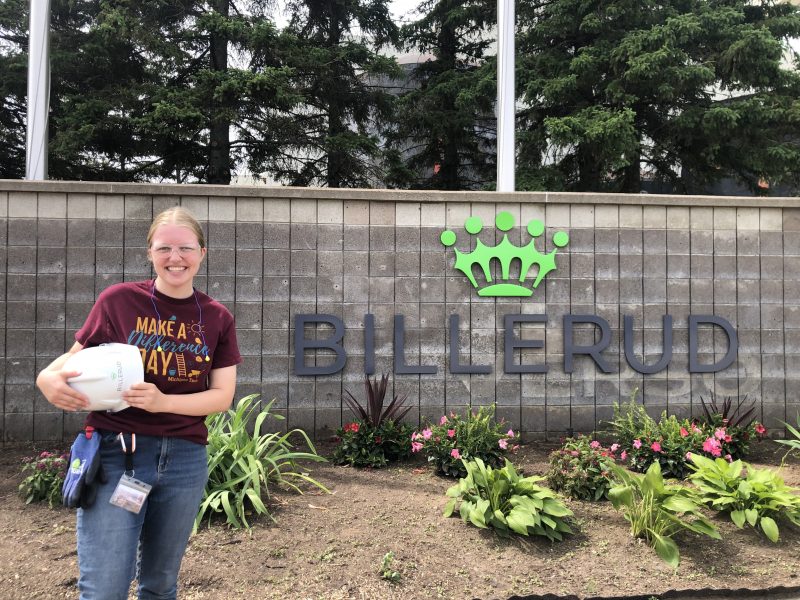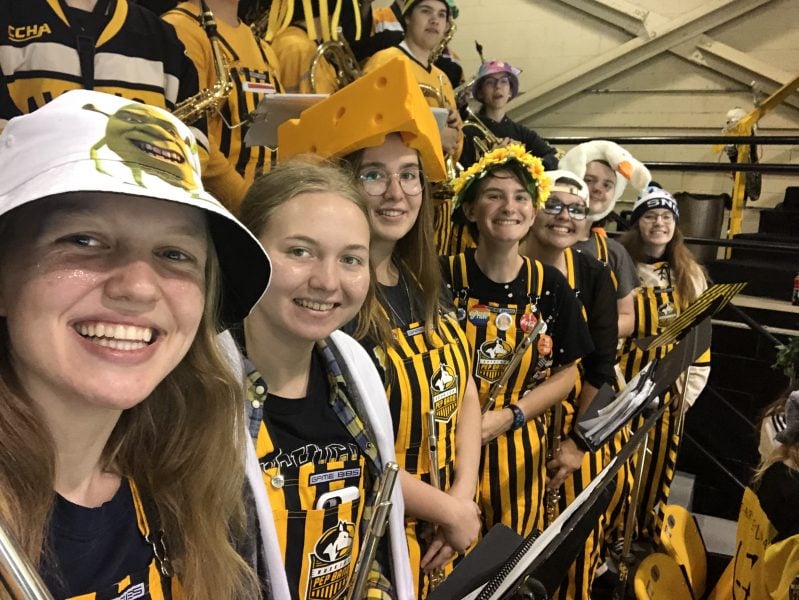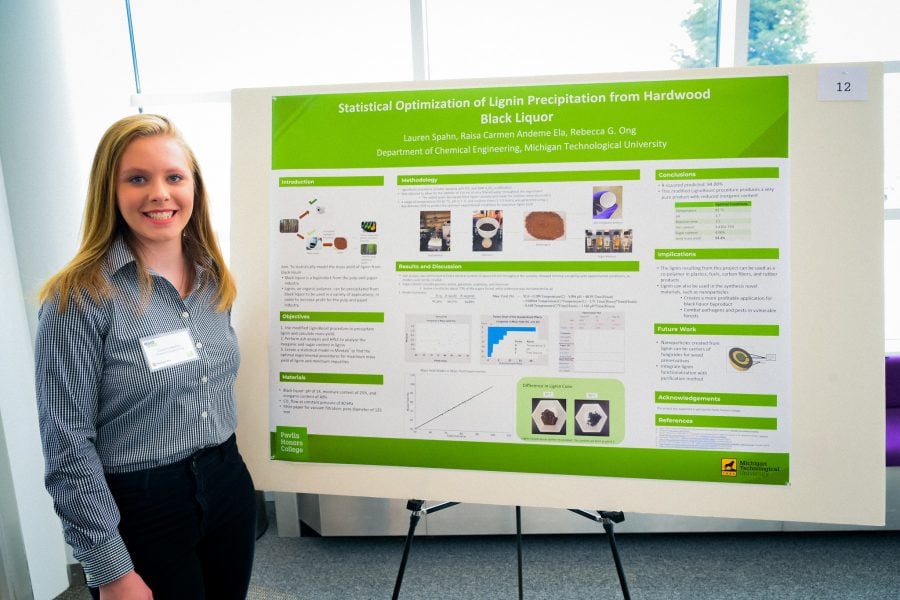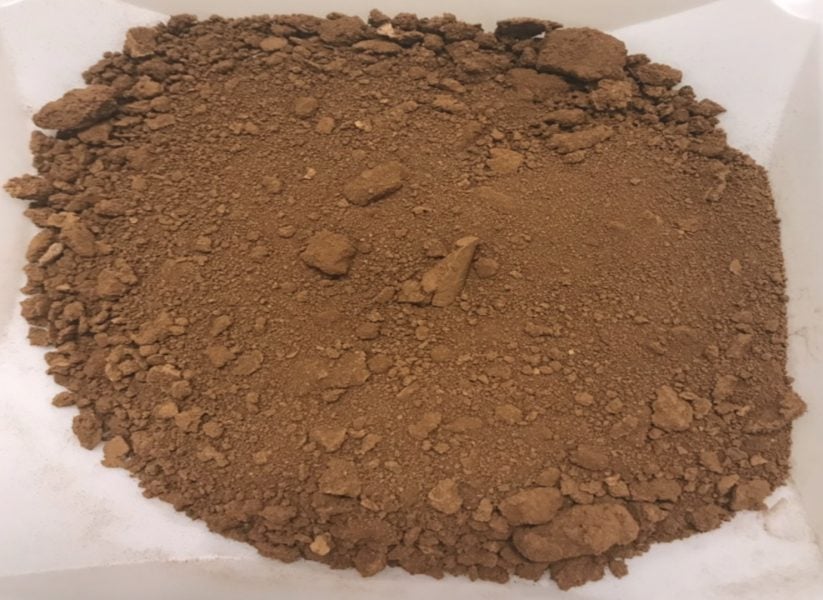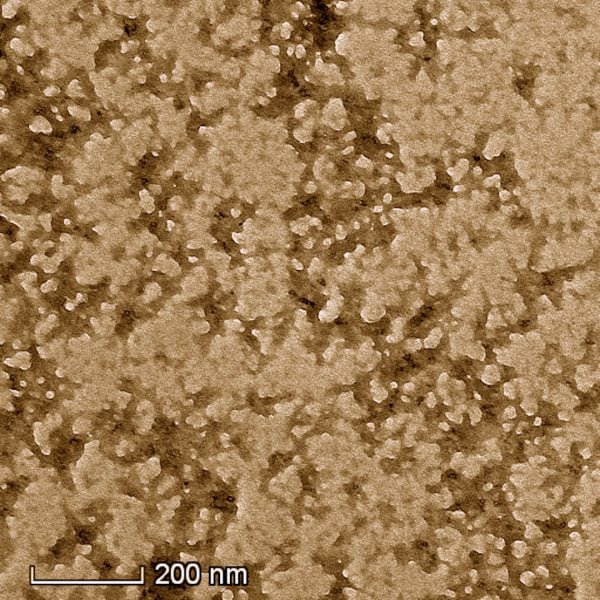Katherine Baker ‘26, chemical engineering
I’m originally from Austin, Texas and grew up in that area, then eventually moved up to McAlester, Oklahoma. I decided on Michigan Tech because of its strong engineering program. I also wanted to experience living in a new area and see some snow, which I’ve definitely been able to do. I started out in the general engineering program and settled on chemical engineering towards the end of my first year because I enjoy math and chemistry and really like learning how different processes work.
“My time at Tech has shaped my life in incredible ways.”
I attended the fall career fair last month and had a great experience, both personally and professionally. I learned about companies I am interested in and connected with recruiters, and many are Tech alumni. I ended up accepting a hybrid co-op offer from Kimberly-Clark. I’ll work onsite at their facility in Neenah, Wisconsin over the summer, then part-time remotely from campus next year.
In August I completed an eight-month co-op with Billerud at their paper mill in nearby Iron Mountain, Michigan. Most of my projects revolved around chemical savings and energy optimization. I worked in a process engineering role on their pulp mill team, and was able to learn from both engineers and operators. I learned a ton about trial planning, technical communication, and the paper industry.
I have a few other jobs on campus. I work as an RA in the dorms at Michigan Tech. I also work as a peer mentor in the Department of Chemical Engineering. Both roles give me opportunities to connect with new students and help them navigate their first few years at Tech, which is really fulfilling for me. I also serve as the treasurer of the Chemical Engineering Student Advisory Board, and flute section leader in the Huskies Pep Band.
I’m an active member of the Society of Women Engineers (SWE). It’s given me so many opportunities to connect with other women on campus and figure out my career path. I recently completed the SWE 2022-2023 Collegiate Leadership Institute, a professional development program. I attended seminars put on by successful women in industry, met with a professional mentor, and grew in my leadership skills.
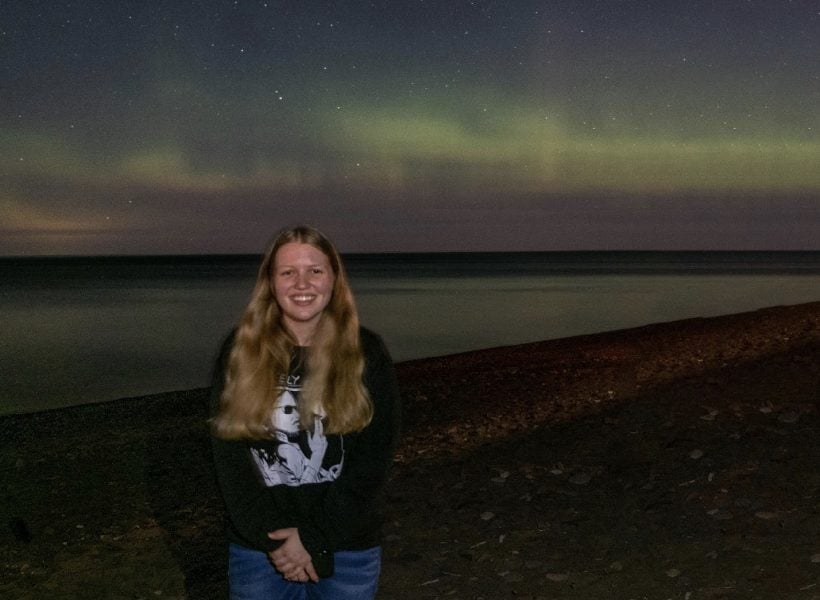
This month I will be attending the national SWE conference, WE23, in Los Angeles with other members of the Michigan Tech SWE section. I’m super excited for all the opportunities at WE23—to hear from more women in engineering and broaden my professional network.
My time at Tech has shaped my life in incredible ways. I’m so grateful for the strong, tight-knit community up here and feel super supported in my goals by both faculty and other students. As an RA and peer mentor, I try to give back to the community by supporting incoming students, just like I was supported my first few years. Being in the engineering program has given me so many opportunities to grow professionally.
After college, I plan to work as a process engineer, hopefully at a plant where I can really get hands-on with my projects. I’m not yet sure which industry I want to be in long-term, but I’ve learned about so many different ones through my co-op and networking with company recruiters. I’m excited to continue learning and choose one that turns out to be the best fit for me.
“Be confident in yourself and learn as much as you can.”
My advice to incoming students? Chemical engineering classes can be challenging and there might be points when you think you’re not cut out for it and should choose an easier major (I know I’ve had those moments). Be confident in yourself and learn as much as you can. Keep your head up and try to develop a support system early on with fellow students.
